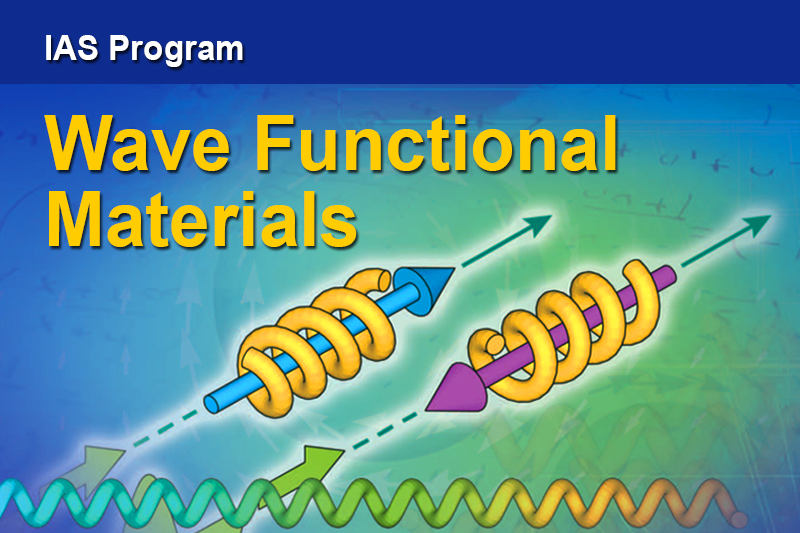What is Wrong with the Finite Element Method for Solving Maxwell’s Equation / Kirchhoff's Law beyond Lumped Circuit Elements
Abstract
The speaker will discuss his research group’s program to numerically solve Maxwell’s equations, which has so far been applied to connected wire structures, collection of wire structures and simple surfaces. Ordinary magnets lose their effectiveness at frequencies above gigahertzes. A recent trend in metamaterials to create artificial magnets at optical frequencies is to exploit magnetic resonances in metallic structures. The speaker will discuss his research group’s recent success in a simple way to understand and predict properties of such structures. This consists of a rigorous extension of the Kirchhoff law to beyond that with lumped circuit elements. Electromagnetic waves are usually slowly varying in space. However, the boundary condition usually mixes up the components at different length scales. The speaker and his research group’s contribution is the discovery of a simple way of implementing the boundary condition by introducing auxiliary variables. Their approach provides for a physical way to understand metallic wire networks. For example, there is a folklore that, for a metallic wire of arbitrary shape of length L, the resonance wavelengths is close to twice its length divided by an integer, =2L/n. But no proof has ever been given. In their approach, this problem becomes analytically tractable. Their approach is also very efficient. The speaker and his research group have tested their method for a simple example of the transmission through a planar array of split rings and found that it requires much less memory and is two orders of magnitude faster than current commercial codes. This method can be extended to arbitrary surfaces with conformal harmonic maps. A simple example is the metallic triangular film.
About the speaker
Prof. Chui Siu-Tat received his BS degree in Physics from McGill University in 1969 and his PhD degree in Physics from Princeton University in 1972. He was an Assistant Professor at the University at SUNY-Albany from 1975 to 1979 and joined the Bartol Research Foundation in 1979. He is currently a Professor in the Bartol Research Institute of the Department of Physics and Astronomy, University of Delaware. In 2015, he is appointed as Visiting Fellow of HKUST Jockey Club Institute for Advanced Study. His main research interests are in theoretical condensed matter physics. His work includes droplets of quantum fluids, metamaterials, micromagnetics of small structures, spin-polarized transport, and physics of power electronics.



